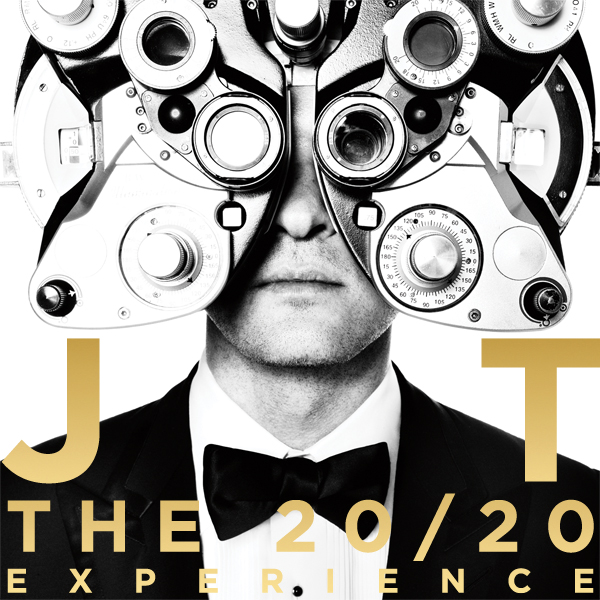
20/20
After much speculation about whether he would retire from music during his four-year break between 2006’s smash album Future Sex/Love Sounds and his budding acting career, Justin Timberlake shows us exactly why good things come to those who wait.
The 20/20 Experience evokes the feeling of a dormant phoenix rising from the ash. Unlike Future Sex/Love Sounds, an exclusively pop affair, Timberlake employs multiple genres and grand horn and string ensembles that add new dimensions to his music. The majority of songs are 7-8 minutes, which for some artists would signal a Top 40 death sentence — but this isn’t a Top 40 album. Fans expecting a pop album from a pop man will be shocked that Timberlake has departed from such conventions and moved onto a new concept album that’s only part one of the entire Experience he promises to deliver.
“Pusher Love Girl” opens with a string orchestra before diving into a crunching half-tempo rhythm complete with organ flourishes and a merging of electronic and human chorus. The girl in the song is called many different drugs: “my cocaine, my heroin, my red plum, my MDMA.” Don’t fool the drug imagery bombardment with an endorsement, however; after all, he’s “just a ja-ja-ja-ja-junkie for your love.”
“Suit & Tie” and “Mirrors” are the album’s breakout singles, which come closest to comparison to his previous “SexyBack” and “Cry Me A River” hits in respect to the former’s insane catchiness and the latter’s deep contemplation. “Suit & Tie” has a continuance of “Pusher Love Girl’s” slow, screwed-and-chopped tempo, adding an augmented sotto voce harmony before going into an upbeat rhythm. The majority of “Mirrors” has an overdrive guitar riff over a drum machine, a simple platform that becomes the album’s greatest showcase of his vocals. The bridge of the song is a profound moment, starting at the 5:24 mark, where everything is reduced to an electronic acapella mantra of “you are, you are, the love of my life,” gradually picking up again with the inclusion of clave-and-bass hits.
Timberlake’s strongest asset is his musical diversity and unwillingness to confine himself to one niche of music. “Strawberry Bubblegum” begins with vinyl crackle and assorted ambiances, building up to its apex at the 5:00 mark, where it takes a decisively jazzy turn with shakers and electric piano (the chorus will be stuck in your head long after listening). “Let the Groove In” burns with a straight salsa-and-pop featuring a monstrous horn section, and JT opts for the real deal instead of cutting corners like many in the pop industry do in this age of studio loop wizardry.
Other exotic and unconventional usages include tablas and Bangra backings featured in “Don’t Hold The Wall” and syncopated reverse-looping along with string orchestration in “Tunnel Vision.” While “That Girl” can be seen as the safest song on, it harkens back to the old crooner that everyone fell in love with back in the ‘NSYNC days. “Blue Ocean Floor” ends the album and brings back “Tunnel Vision’s” reverse loops and a sublime sense of closure to the spectrum of Timberlake’s versatility.
Timberlake’s disdain for contractual deadlines pays off in a massive way here. As a modern Renaissance man, Timberlake’s approach to life allows him to come and go in the studio on his terms, when his inspiration is ready to come out. While many emerging artists aren’t yet fortunate to have this advantage, Timberlake’s triumphant return inspires a model for a fresh outlook on the ailing recording industry.
– Cory Healy
